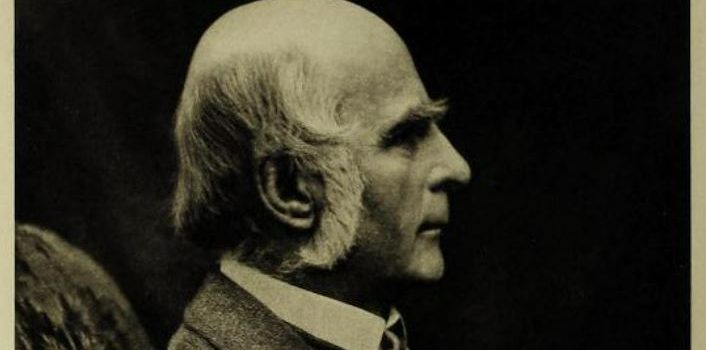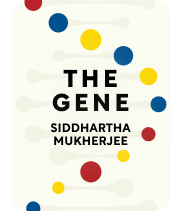

This article is an excerpt from the Shortform book guide to "The Gene" by Siddhartha Mukherjee. Shortform has the world's best summaries and analyses of books you should be reading.
Like this article? Sign up for a free trial here.
Who first formulated eugenics? How did Galton’s ideas inspire the Holocaust?
Francis Galton coined the term “eugenics” in 1883. Put simply, eugenics meant strategic breeding with the goal of producing a superior human race by weeding out undesirable traits. Galton’s ideas were deeply immoral from the start, but they didn’t reach their terrifying conclusion decades later when Hitler came to power.
Here’s how Francis Galton’s eugenics has led to the extermination of 11 million people.
Eugenics: The Misuse of Genetics
In 1883, biologist Francis Galton published a book called Inquiries into Human Faculty and Its Development. Galton, inspired by his cousin Darwin’s work, theorized that selective breeding programs could improve the human race much more quickly than natural selection would: Those with desirable traits like high intelligence, health, and physical strength would be encouraged (or forced) to breed, while those with undesirable traits like chronic illness would be prevented from breeding.
In 1933, Adolf Hitler became chancellor of Germany. Hitler dreamed of using eugenics to create a “perfect” human race, and so his followers began massacring undesirables—a label that included Jews, Roma, and disabled people, among others. By 1934, they were forcibly sterilizing some 5,000 people every month, and by the time of Hitler’s death in 1945, the Nazis had killed an estimated 11 million people in pursuit of Hitler’s ideal human race. The subject of eugenics has been largely off-limits in the scientific community ever since.
Mukherjee says that, if any good can be said to have come from the Holocaust, it came from making eugenics taboo.
| Iatrogenics: Hurting by Trying to Help Francis Galton’s eugenics and the Holocaust are some of the most extreme and horrifying examples of iatrogenics—harm caused by an attempt to make things better. Statistician Nassim Nicholas Taleb discusses iatrogenics in Antifragile, saying that people almost invariably make matters worse when they try to improve on what nature has created. The term iatrogenics comes from medicine. Until relatively recently, when doctors discovered the existence of germs and started using proper antiseptic techniques, people commonly got sick and died from the very offices and hospitals where they sought treatment. Doctors trying to help ended up causing more harm. Similarly, Taleb believes that events ranging from wars to climate change are the result of people forcing their will upon the world when it isn’t needed or wanted. According to Taleb, this damage happens because people put their trust in science and mathematics—predictions, models, and the like—when those processes are inevitably flawed. The natural world is the result of millions of years of competition and evolution, while human ideas and interventions are based on extremely limited studies and tests. Therefore, Taleb believes that we need to fundamentally change how we think about taking action. Currently, the burden of proof rests on the naysayers: People who are against an idea have to prove that it’s dangerous or harmful. Instead, Taleb believes that people in favor of an idea should have to prove that it’s not harmful, or at least that the benefits will be worth whatever harm it could cause. So, for example, if scientists want to move forward with genetic engineering projects, Taleb would first want them to prove that their work can’t reasonably be used to harm people or damage the environment. |

———End of Preview———
Like what you just read? Read the rest of the world's best book summary and analysis of Siddhartha Mukherjee's "The Gene" at Shortform.
Here's what you'll find in our full The Gene summary:
- What genes are and how they work, explained in simple terms
- The history of gene discovery, dating back to the 1800s
- What the future of genetic engineering looks like






